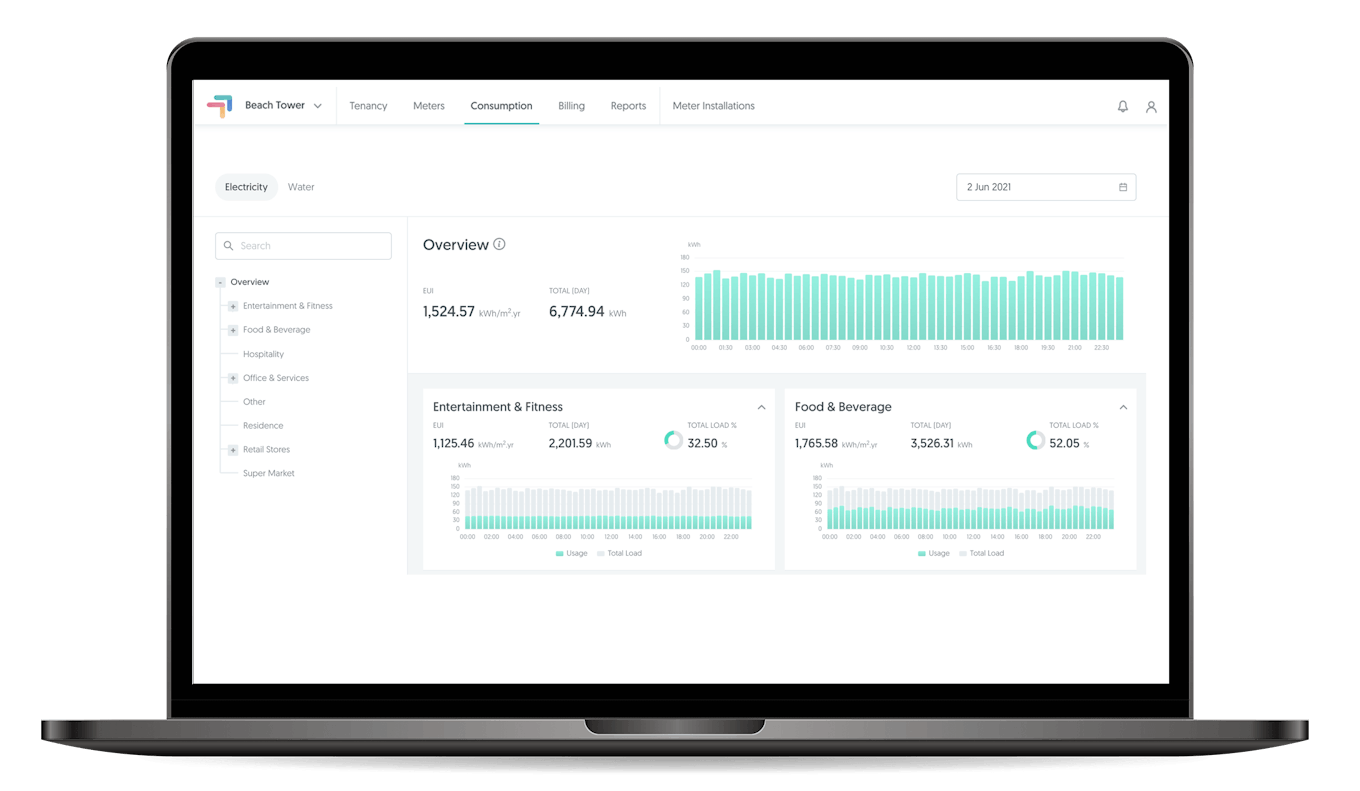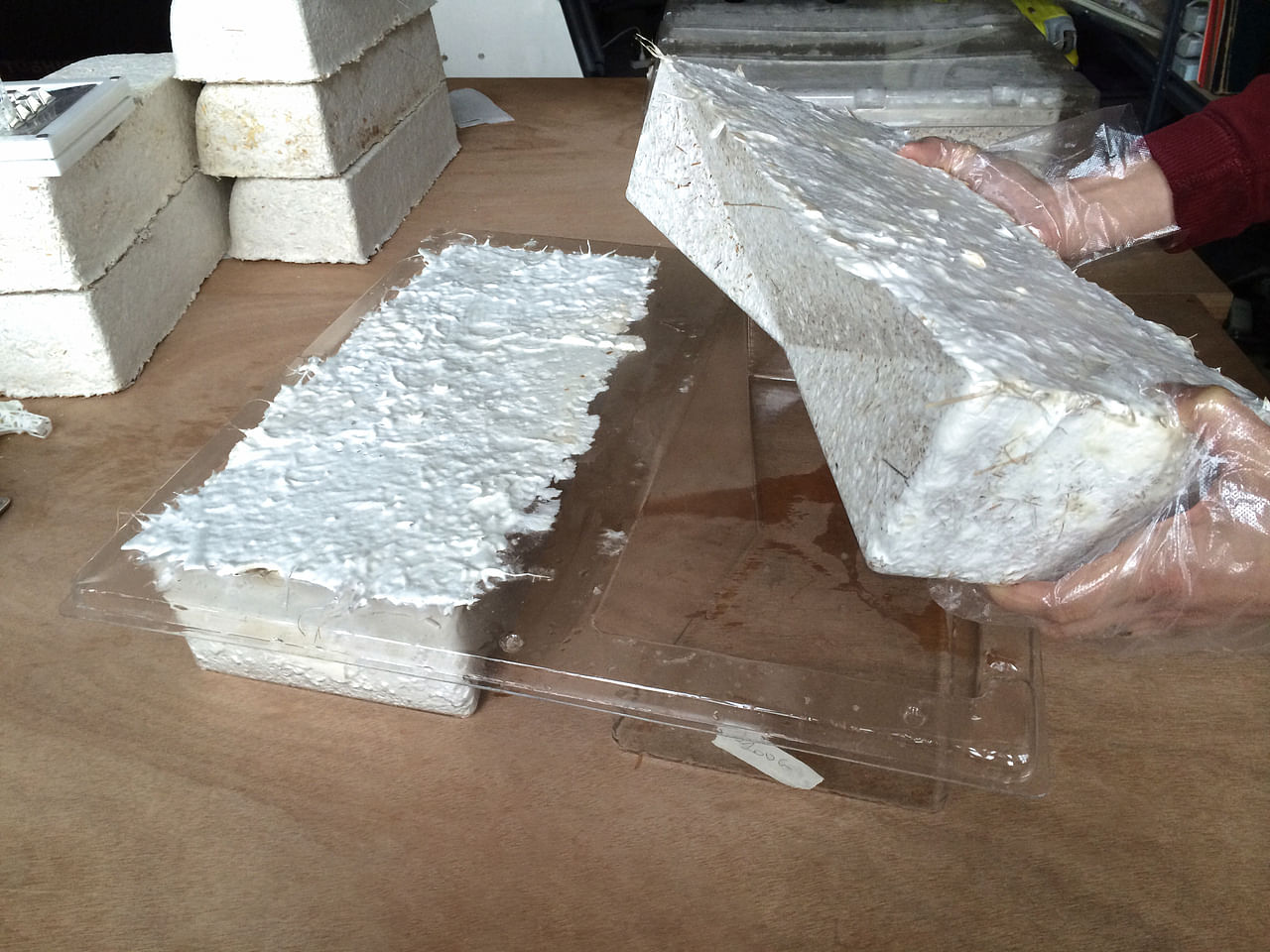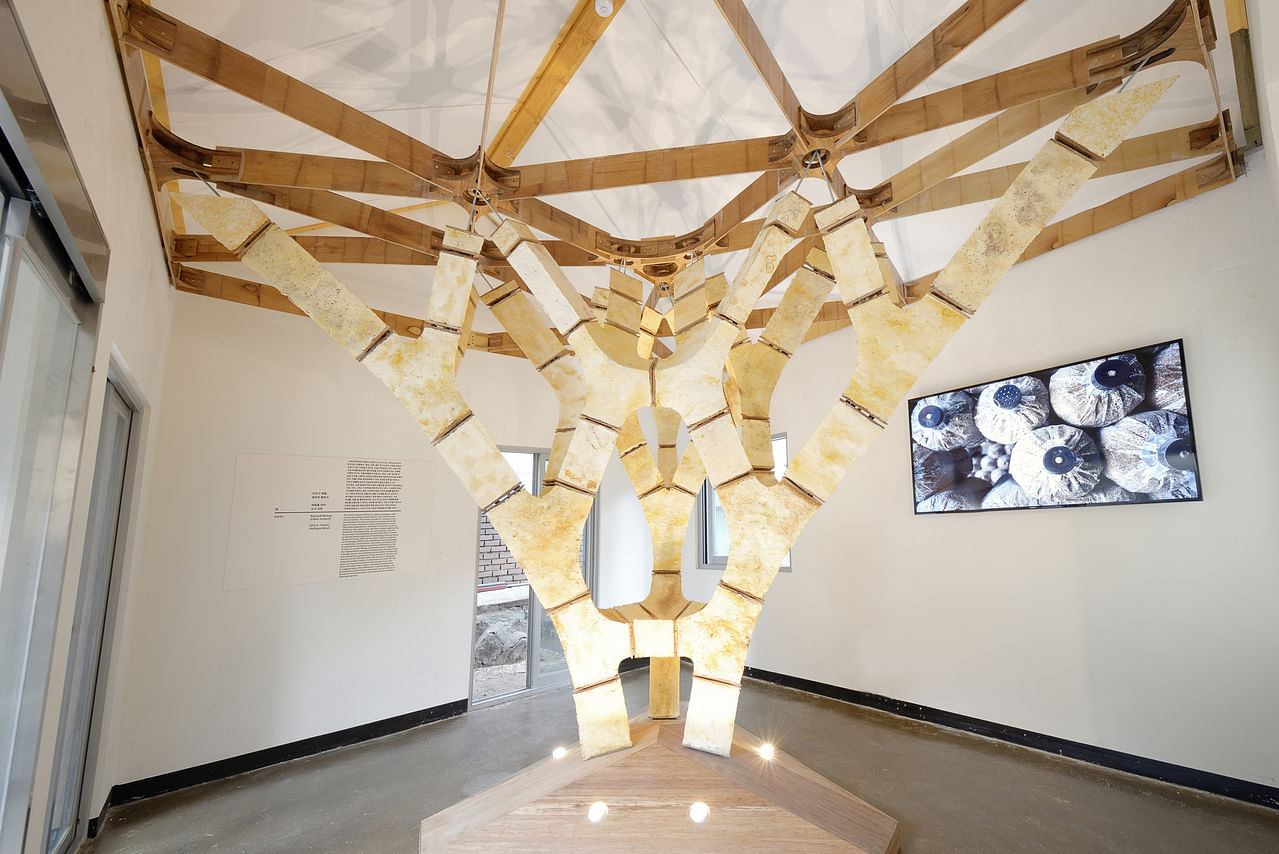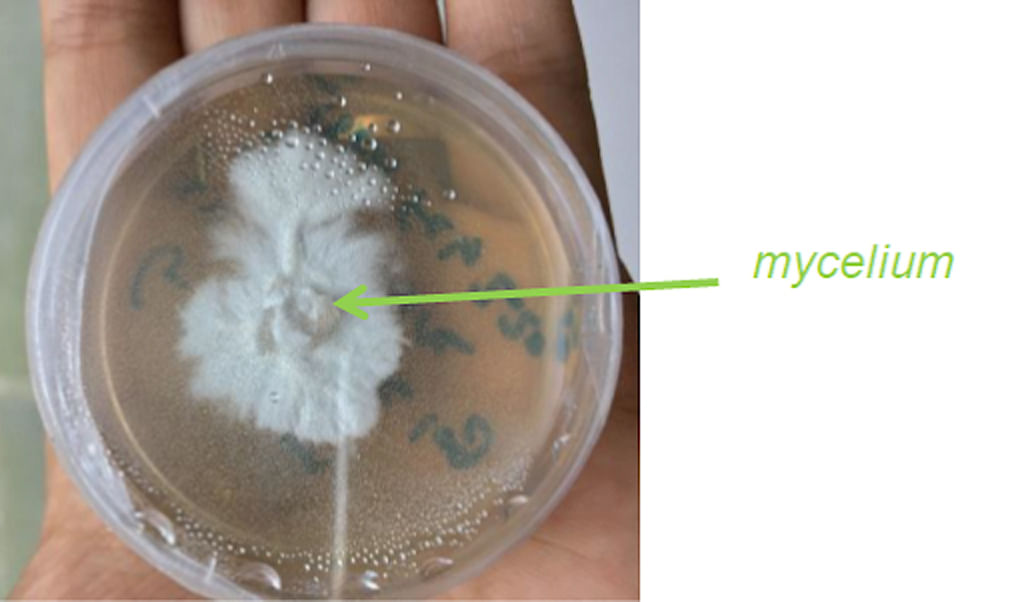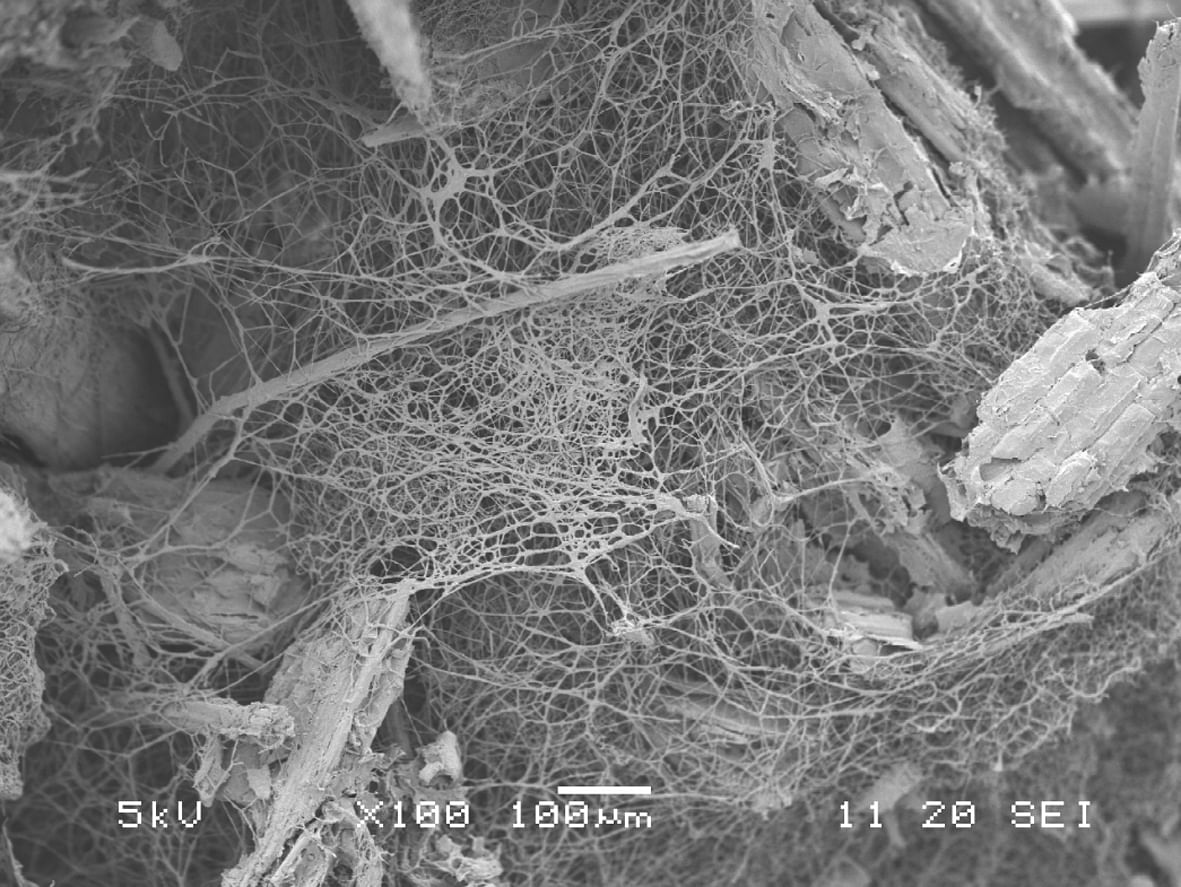
Hydrogen Vehicles Are on the Rise: Here’s What You Need to Know
The automotive industry is rapidly transitioning to alternative energy sources for fuel vehicles, considering the greenhouse gasses (GHGs) emitted every mile driven. Battery-electric cars are on the rise, but are better alternatives on the horizon?
Hydrogen emerged as a viable replacement for fossil fuels and could be the next big thing in the automotive industry. The rise of hydrogen fuel cells is coming sooner than you may think, so here’s what you need to know about these vehicles.
Rapid Market Growth
The future of hydrogen power is bright, as investors think it has massive potential for the automotive industry. Experts say the global hydrogen fuel cell vehicle market will have a compound annual growth rate of 43% until 2032, culminating in a $57.9 billion value. Automakers understand the severity of today’s climate crisis and use any means necessary to advance their sustainability goals.
Harnessing Hydrogen
Hydrogen is unstable, as it reacts with other atoms to form compounds. So, how can you harness this chemical element to be safe for your vehicle? Scientists typically use these methods for hydrogen fuel production:
- Thermal: The Department of Energy (DoE) says about 95% of today’s hydrogen comes from repurposed natural gas. Scientists combine steam and hydrocarbon fuels to produce hydrogen fuel, requiring high temperatures and attention to detail.
- Solar: Using renewable energy to produce clean fuel is smart, so experts have used solar power for hydrogen production. For instance, they can harness hydrogen fuel using bacteria and its natural photosynthetic activity.
- Biology: Bacteria are also helpful for hydrogen fuel production through biological reactions. You can use microbes to break down biomass and wastewater, and these tiny organisms aren’t energy-intensive, as they harness sunlight for power.
Refueling Stations
Hydrogen fuel is already available if you live on the West Coast, as most of the existing stations are in California — primarily in Los Angeles and the Bay Area. You can also enjoy this alternative energy source in the Pacific Ocean at the Hawaii Natural Energy Institute. As hydrogen fuel grows in demand, you’ll see more opportunities to fill up with it.
The DoE says the United States has 59 retail hydrogen-fueling stations, but more projects are on the way. Fleet companies may have private areas for fueling their vehicles, especially as long-haul trucks convert to hydrogen fuel.
Can Semi-Trucks Use Hydrogen Fuel?
Battery-electric motors are a concern for larger vehicles like light-duty and long-haul trucks. These machines must be powerful enough to propel heavy machines for long distances, but their weight drains energy quickly. Will hydrogen fuel be a solution? The logistics industry has focused on this alternative fuel source for greener highways.
For instance, in 2025, Kenworth will begin full-scale production of Class 8 T680 hydrogen fuel cell electric trucks in collaboration with Toyota. The heavy-duty truck manufacturer will deliver its first hydrogen-powered vehicles this year and then expand production.
While the fuel source changes, the typical qualities in hydrogen-powered trucks do not. This Kenworth Class 8 T680 truck has a max payload of 82,000 pounds, demonstrating its ability to carry a significant amount of goods.
The truck uses Toyota’s 310kW Dual Motor Assembly, as the Japanese automaker has prioritized hydrogen fuel research in the last decade. It recently released the second-generation Mirai, which mixes hydrogen and oxygen to produce electricity.
States like California have imposed strict requirements for long-haul trucks and other vehicles, so hydrogen-powered trucks could be the answer for sustainability and dependable transportation. Kenworth tested hydrogen fuel cell technology at the Port of Los Angeles in 2022 and used its success to build the Class 8 T680 semi-truck. Continued success will likely mean further North American expansion.
Powering Outside the Highways
Hydrogen has become a viable option for passenger cars and even long-haul trucks in its early stages. However, highway vehicles are not the only method of transportation using hydrogen power. Last year, North America debuted its first hydrogen train in Quebec, Canada. This machine uses about 50 kg of hydrogen daily and eliminates dependence upon fossil fuels for these trips.
Hydro-Quebec provides energy for the train, enabling it to travel about 90 km between Quebec City and Baie-Saint-Paul. Emissions are less of a worry for the train, as you only see water vapor emerging from its pipes.
What Are the Benefits of Hydrogen-Powered Vehicles?
Hydrogen-powered vehicles are likely the future, as automakers heavily invest in the technologies required for these machines. Driving a hydrogen-powered car delivers these four benefits.
1. Reducing Emissions
Auto manufacturers like Toyota are pushing hydrogen fuel technology because of its eco-friendliness. The only emissions are water vapor and heat, thus making them better for the environment. Turning hydrogen fuel cells mainstream would reduce the amount of GHGs emitted daily, which is crucial to combating climate change.
The transition to hydrogen fuel cells would significantly boost the logistics industry, considering how many long-haul trucks hit the road daily. Research shows medium and heavy-duty vehicles in the U.S. emit over 400 million metric tons of GHGs. Converting trucks worldwide would help the surrounding environment and improve health for each road traveled.
2. Easy Transition
While converting existing trucks to hydrogen fuel cells takes time, the transition might be easier than you think. Logistics companies can keep their current gas transport and storage mechanisms, repurposing them for hydrogen fuel.
Additionally, truck owners wouldn’t have to jump through hoops to let their vehicles take hydrogen power. Retrofitting combustion engines for hydrogen power is more straightforward than with electric motors, especially with heavy trucks.
3. Beating Battery-Powered Vehicles
Battery-electric trucks are best for short drives due to their limited range. However, logistics companies need their vehicles to travel hundreds of miles each trip to keep deliveries on time. Hydrogen-powered trucks allow fleet owners to combine sustainability and efficient travel due to their range.
For instance, the Kenworth T680 hydrogen fuel-powered truck ranges up to 450 miles, depending on the driving conditions. Regardless, it’s more than you’d get from an electric truck. In fact, the Kenworth machine boasts one of the highest ranges for any semi-truck using alternative energy sources.
4. Rapid Refueling
Another significant advantage of hydrogen trucks over battery-electric vehicles is the quick refueling. Fully electric trucks will need to wait for a few hours before they can head back on the road, causing trips to be longer than scheduled. However, hydrogen machines only require a few minutes to fill up, greatly boosting logistics companies. The Kenworth hydrogen fuel cell vehicle lets fleet owners increase uptime and reduce lead times.
Foreshadowing a Bright Future
The automotive industry is pushing for fossil fuel alternatives to help the planet’s transportation sector. While battery-electric technology has existed for over a decade, hydrogen fuel cells are another way for automakers to produce cleaner vehicles.
The future of hydrogen vehicles is bright as researchers continue to improve the technology and bring it into the mainstream.
Source Happy Eco News





